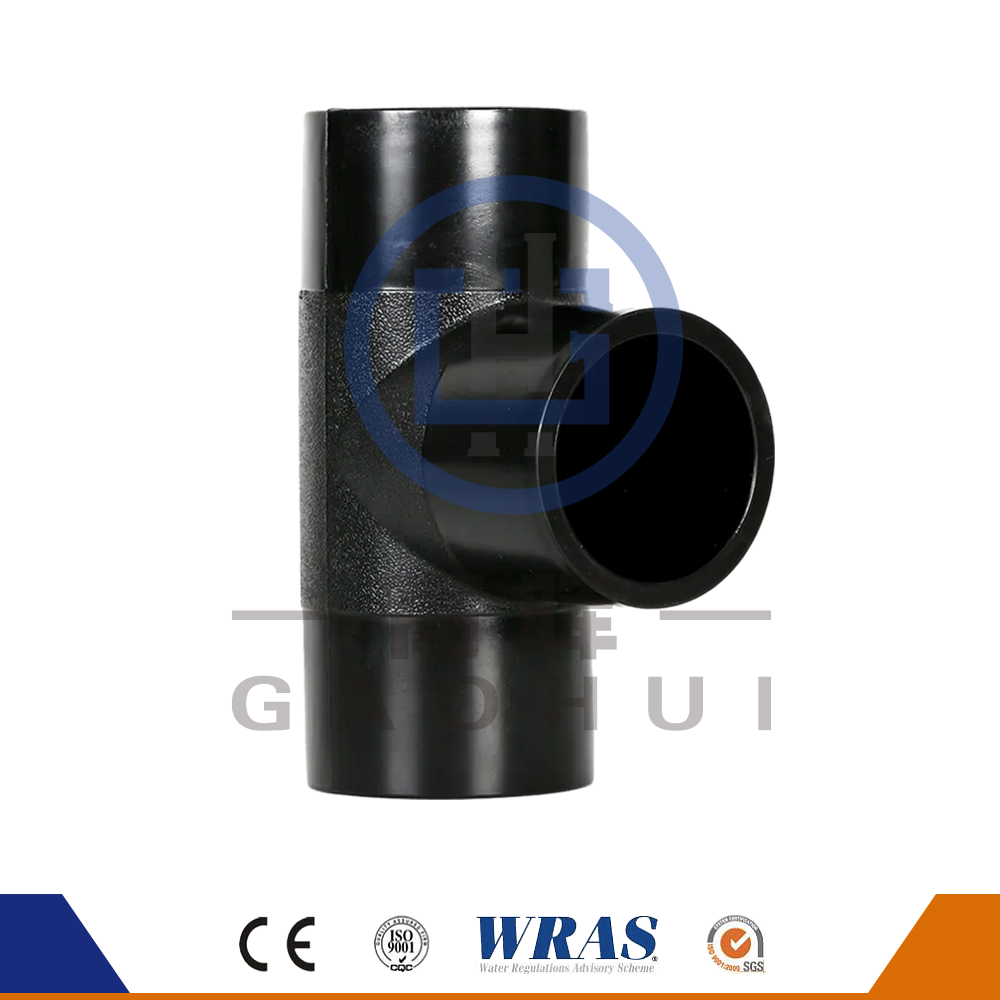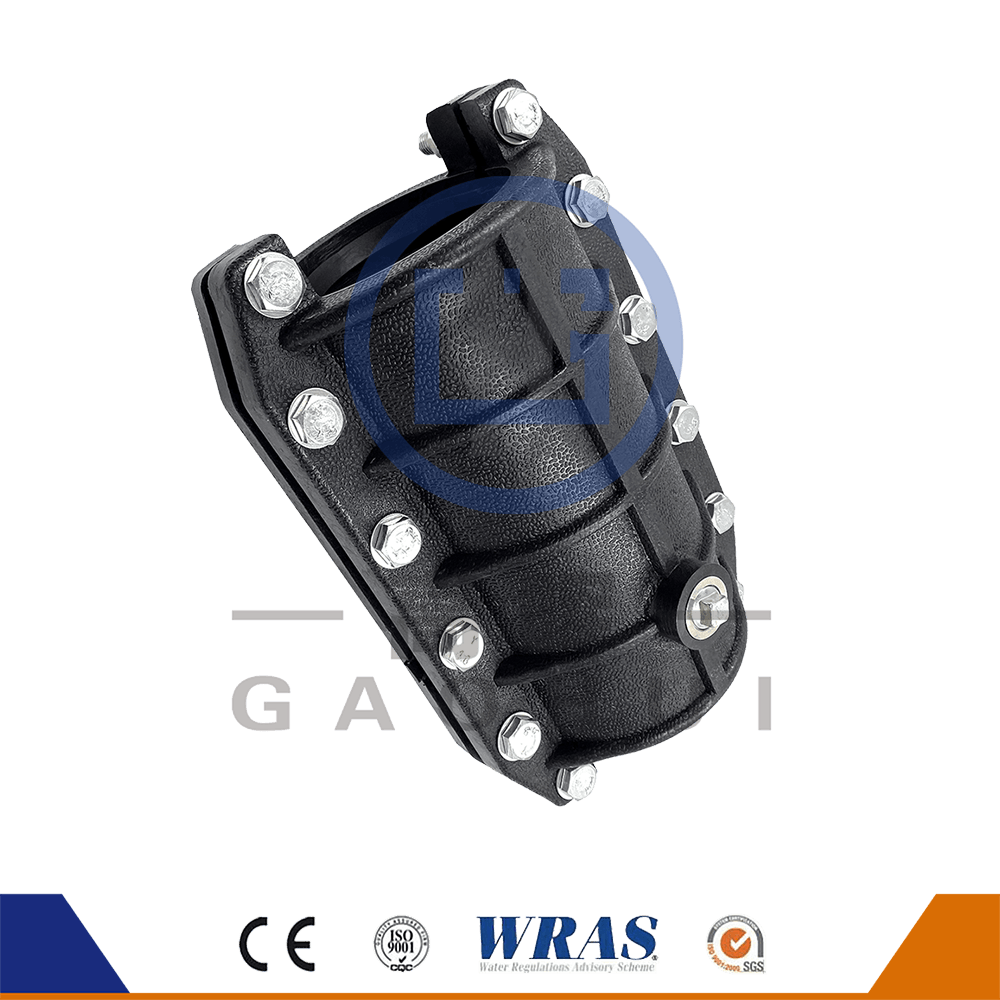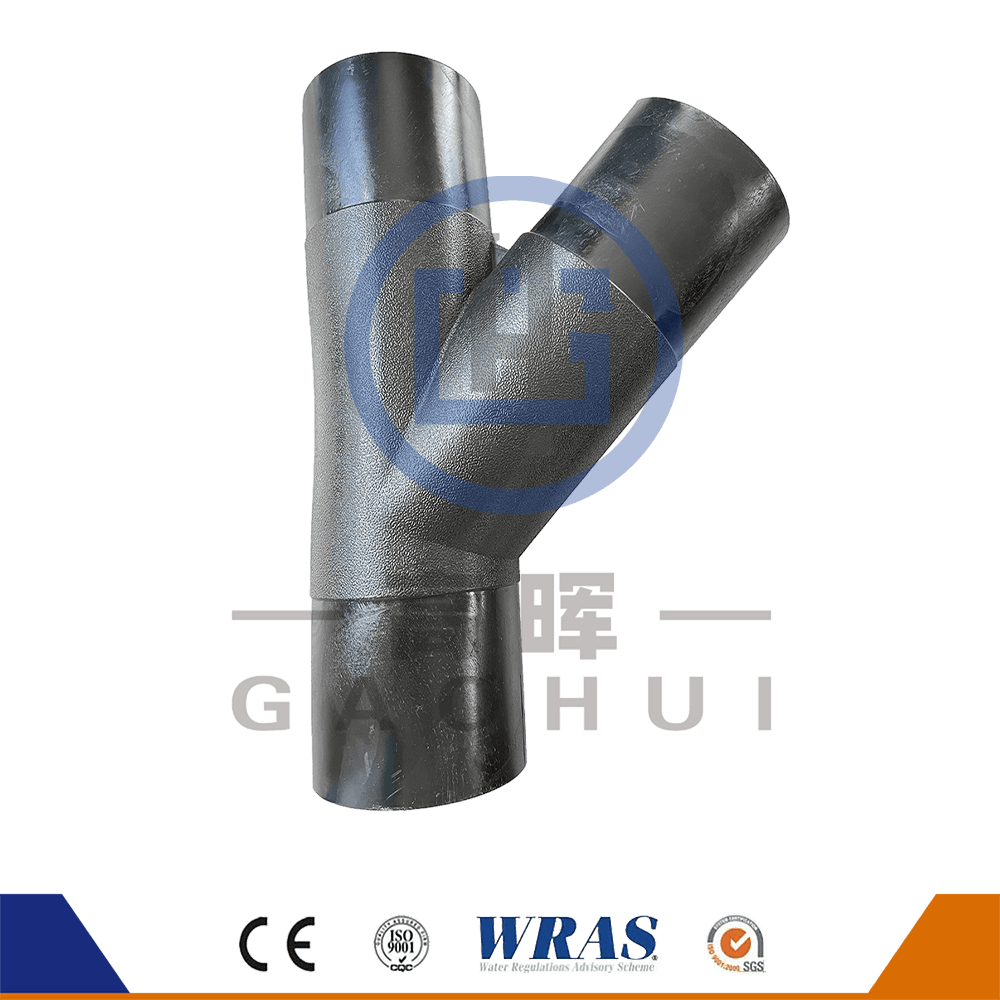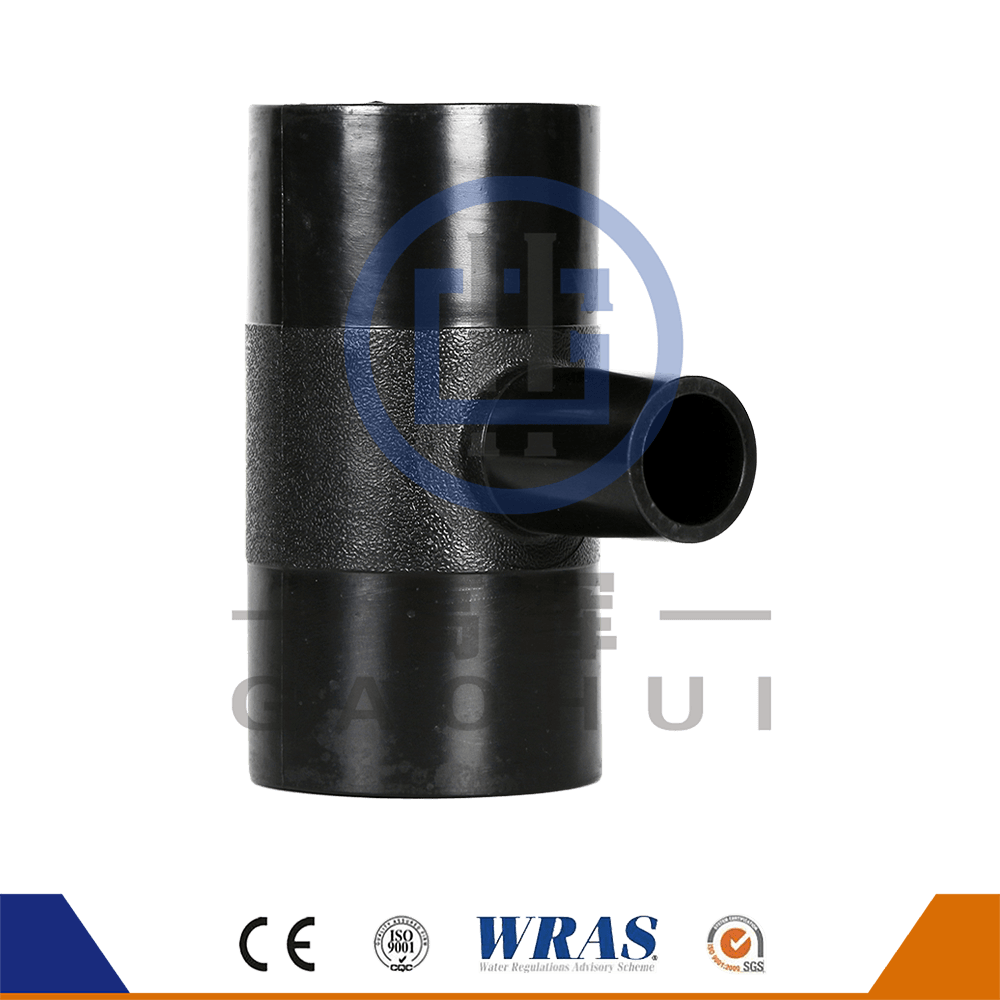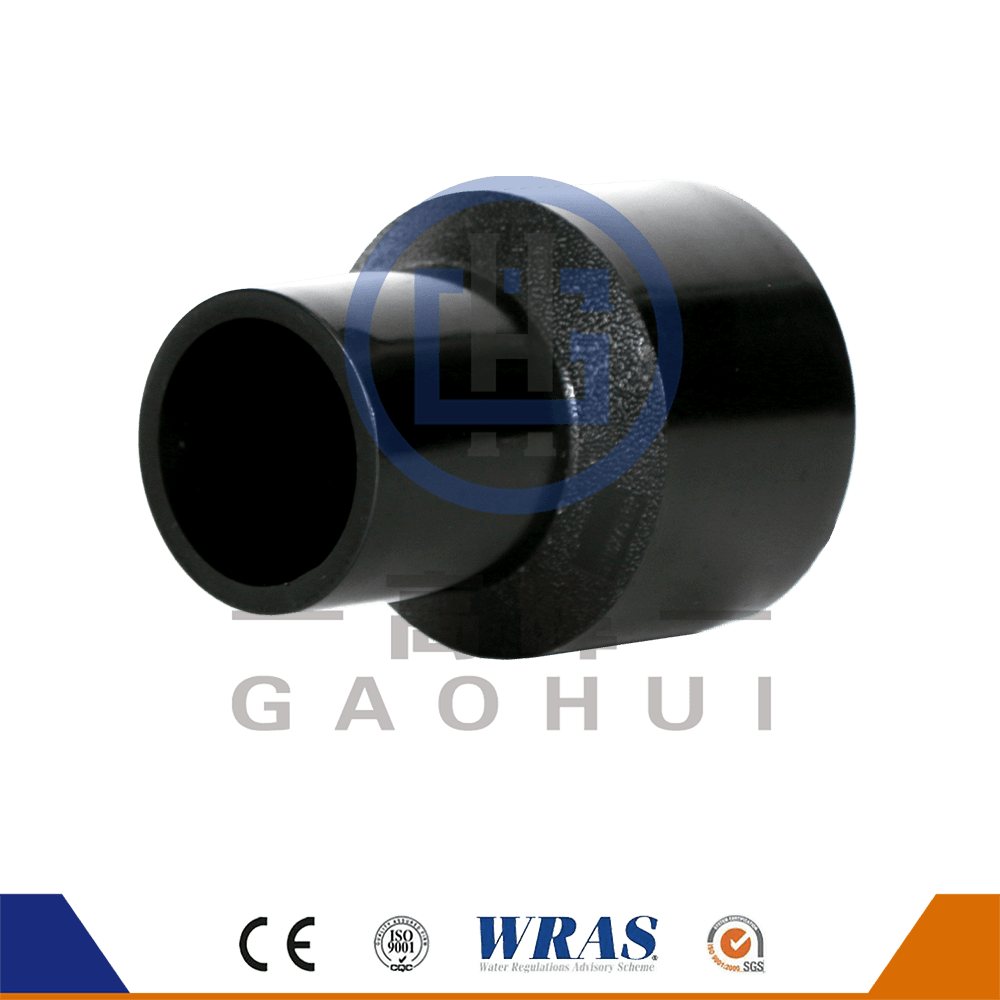As the world's attention to environmental protection and sustainable development continues to deepen, the construction and infrastructure industries are also actively looking for material solutions that meet green standards. HDPE fittings have gradually occupied an important position in modern piping systems due to their environmental friendliness and high efficiency. Especially in the pursuit of long life and low maintenance costs, HDPE fittings have also become a key material for promoting sustainable development.
Globally, the construction industry is undergoing a transformation from traditional materials to green building materials, and HDPE fittings are undoubtedly one of the important signs of this transformation. It not only has high durability and can maintain long-term stable performance in a variety of harsh environments, but also reflects environmental protection during production and use, making it an ideal material for promoting sustainable development.
The production process of HDPE fittings is more environmentally friendly than traditional metal fittings and PVC fittings. During the production process, HDPE materials have low energy consumption and carbon emissions are much lower than the manufacturing process of metal pipes, especially in reducing resource consumption and energy waste. In addition, HDPE fittings are light in weight, which greatly reduces energy consumption and pollutant emissions during transportation and installation. Due to the high efficiency of its manufacturing process and the environmental friendliness of the material itself, HDPE pipe fittings are being selected as standard configurations for green buildings by more and more construction projects, meeting increasingly stringent environmental regulations and green building certification requirements.
The high durability and corrosion resistance of HDPE pipe fittings mean that they generally have a longer service life than traditional pipe materials, which directly reduces the maintenance frequency and replacement needs of the pipe system. Compared with traditional metal pipes, HDPE pipe fittings are not easy to rust, corrode or damage, reducing the phenomenon of pipe rupture and leakage caused by aging, thereby reducing the waste generated by pipe replacement. Due to its UV resistance and chemical resistance, HDPE pipe fittings can operate stably for a long time in a variety of environments, further reducing the impact on the environment. This makes it not only in line with the current demand for sustainable building materials, but also continue to contribute to environmental protection in the future.
In addition to environmental friendliness, the high performance of HDPE pipe fittings cannot be ignored. It can operate stably under various environmental conditions such as high pressure, high temperature and low temperature, ensuring the efficient operation of the pipe system. For example, HDPE pipe fittings are often used in water treatment, gas transmission, sewage discharge and other fields. They can withstand internal and external pressures, prevent leakage and ensure the smooth flow of water and air. Compared with traditional metal pipes, HDPE pipe fittings have lower installation and maintenance costs, and the overall efficiency and economy of the pipeline system have been improved. Especially in the long-term use process, HDPE pipe fittings show durability and low maintenance requirements, which makes it a cost-effective choice in modern pipeline systems.
In the context of global response to climate change and promotion of sustainable development, environmentally friendly, energy-saving and low-carbon building materials have become the core needs of the industry. HDPE pipe fittings not only conform to this trend, but also contribute greatly to the sustainable development of construction and infrastructure projects. With the continuous advancement of technology and the improvement of material recycling technology, the environmental protection and high efficiency of HDPE pipe fittings will play a more important role in the future. In many countries and regions, especially those markets committed to low-carbon and green building goals, the use of HDPE pipe fittings has become part of the building standard. With the increasing requirements for environmental impact and resource protection around the world, HDPE pipe fittings are gradually becoming the "green choice" of future pipeline systems with their environmental protection, durability and high efficiency.
With the acceleration of global urbanization, the demand for infrastructure construction continues to rise, especially in the fields of water resource management, gas supply, drainage, etc. The demand for HDPE pipe fittings in the global market is also growing, especially in developing regions such as Asia, Africa and the Middle East, where the demand for environmental protection and sustainable use of resources is becoming more and more urgent. In developed countries in Europe and the United States, HDPE pipe fittings have become the mainstream choice for water pipes and gas pipeline systems due to their environmental performance and economy. As the global demand for sustainable building materials and green projects continues to increase, the market share of HDPE pipe fittings is expected to further expand.


 English
English русский
русский عربى
عربى